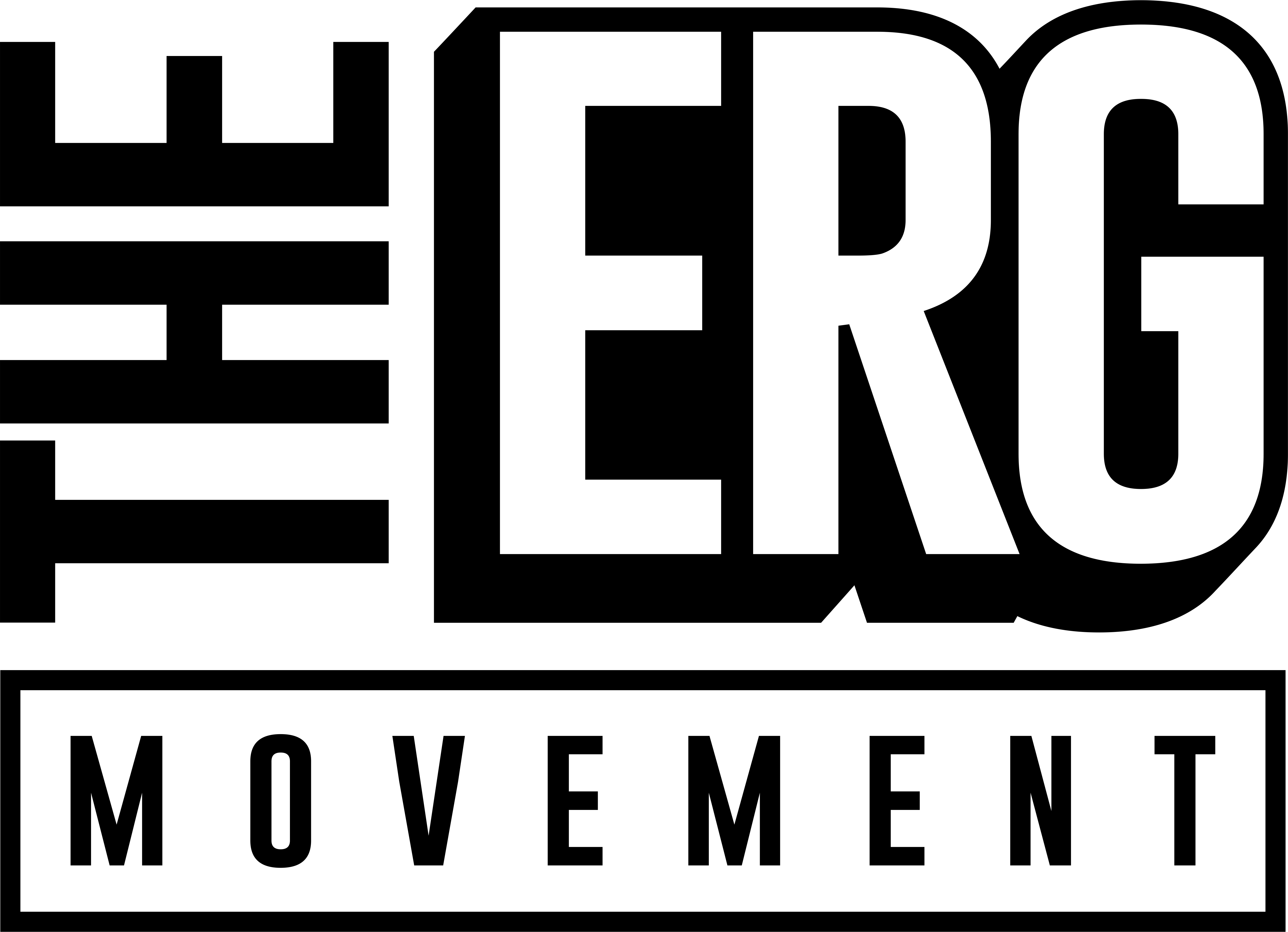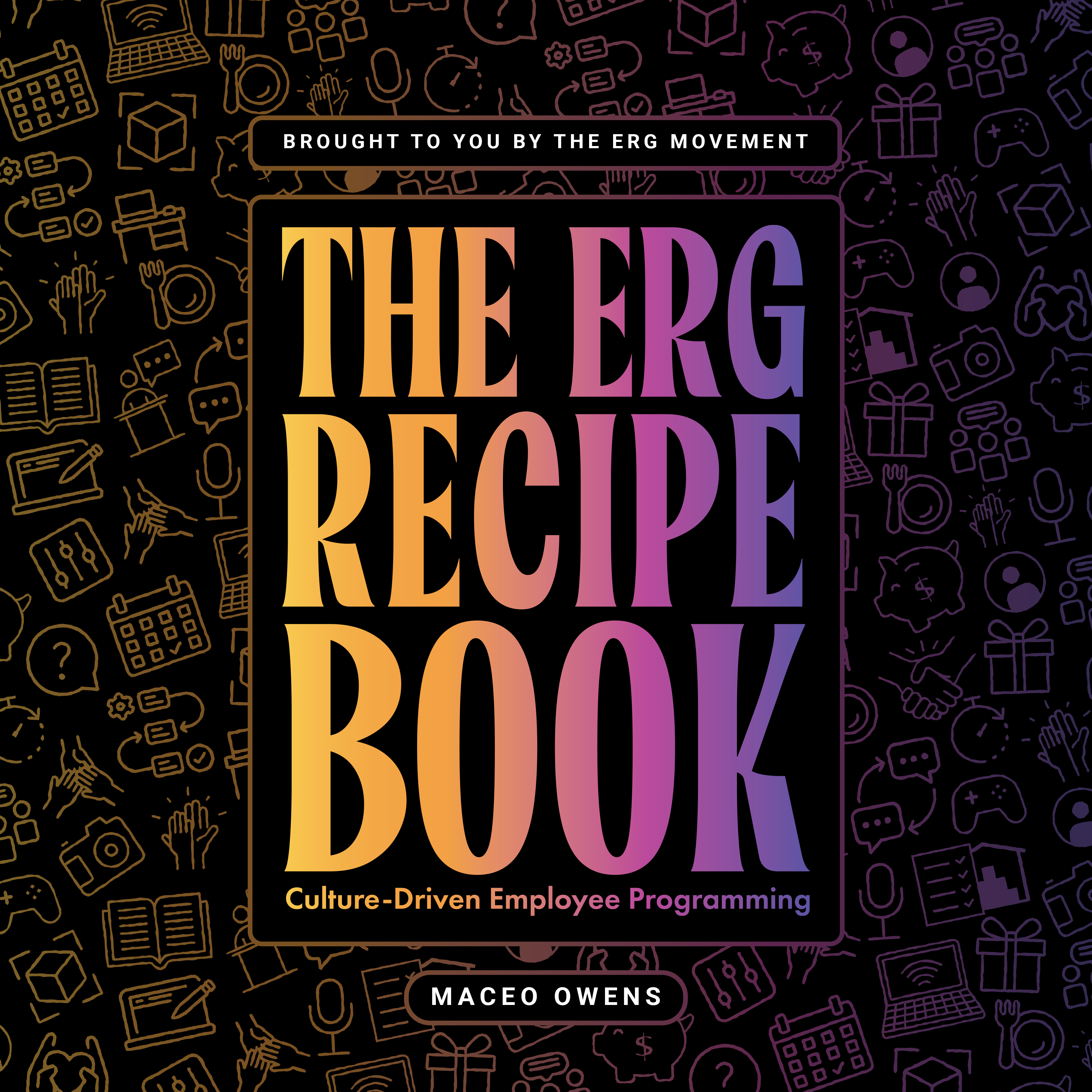The ERG Movement Model
The ERG 2.0 ERG Development Model

The ERG Movement Model

The ERG 2.0 Development Model

The ERG Movement Model

The ERG 2.0 Development Model

The ERG Movement Model

The ERG Movement Model

The ERG 2.0 Development Model

The ERG Movement Model

The ERG 2.0 Development Model

The ERG Movement Model


With an approach that's as innovative as it is tried-and-true, we're laying down a foundation that’s built to last and designed to elevate.

The ERG
Movement Model
The ERG Movement Model™ is a complete departure from the status quo. Rooted in decades of business development principles, this model brings real structure to the ERG space, helping programs become self-sustaining, strategic, and built for longevity. It’s a grounded approach with a proven foundation—designed to take ERG programs from scattered efforts to organized ecosystems that can thrive without burning people out.
01

- Creating and Communicating the Program Vision & Strategy
- Creating and Communicating the Program Vision & Strategy

02

- Market & Launching the program to employees
- Refining data collection systems

03

- Creating and Communicating the Program Vision & Strategy
- Creating and Communicating the Program Vision & Strategy

04

- Small scale business impact
- First pass at Standard Operating Procedures (SOPs) for stakeholder relationships

05

- Developed stakeholder SOPs for business impact
- Solidify systems with automationand software

The ERG Movement Model™ outlines the five key phases of ERG program development: Infancy, Early Adolescence, Mid Adolescence, Late Adolescence, and Maturity. Each phase comes with its own set of priorities, challenges, and milestones that help define what growth actually looks like over time. On this page, you’ll find a breakdown of each phase—what it means, how to know if you’re there, and what needs to happen before you move to the next. This is the foundation for building an ERG program that works, lasts, and evolves with your organization.


Infancy is about setting the foundation. This is where the ERG Program Manager defines the vision, builds the structure, and sets expectations through the lens of the 3Ps: Purpose, Processes, and Programming.


Early Adolescence is the first big test. ERGs launch, member growth surges, and the program begins applying the systems built in Infancy. But without reinforcement, things can break.


Mid Adolescence is where real community building happens. Programming becomes more consistent, data begins to guide decisions, and the program learns what works—and what doesn’t.


Late Adolescence is the scale phase. The program proves it can run smoothly and begins expanding—whether by adding chapters, reaching new employee groups, or deepening business partnerships.


Maturity is operational excellence. The program delivers impact with less effort, systems are solid, and ERG leaders can lead confidently without constant oversight. Growth continues, but now with intention and efficiency.



The ERG Movement Model™️ EXPLAINED
- English
- English, Spanish, French, Italian, Portuguese
- Beginners, Intermediate & Professional
- Full time access
- Certificate of completion





.svg)






.svg)




.svg)
.png)

-min.png)




.svg)

